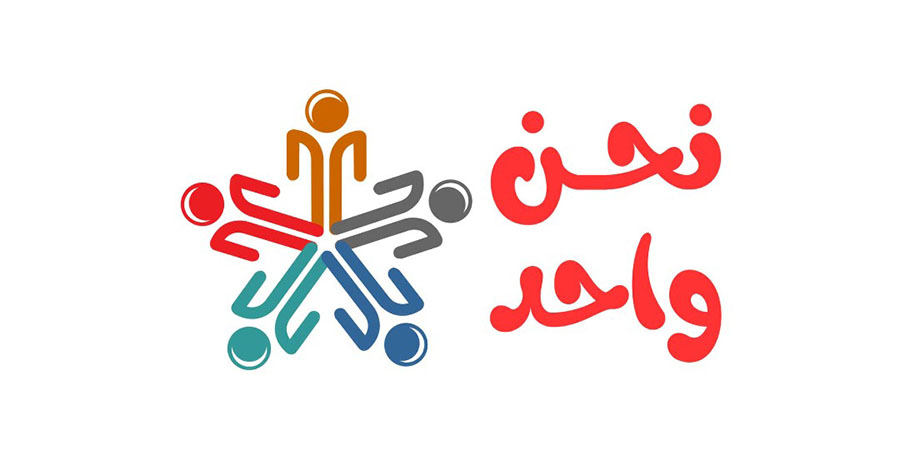
Consciousness of Exclusionary Dichotomies and the Horizon of Alternative Narratives
Dr. Rashid Mustafa Bakhit
When we consider the illuminating (Foucauldian) phrase regarding the concept of discourse, that it is not merely what a person/text/writing says, but also what this speech leaves unsaid, we uncover that the fundamental problem with hate speech, specifically, is an integrated worldview. It involves the implicit assumptions and the unspoken dimensions that fundamentally determine what is said or considered.
By "implicit assumptions," we refer to the awareness of identity that is based on the concept of the "other" as central to defining the self existentially. Consequently, the discourse, or discourses, only recognize themselves in the context of a necessary diminishment of the value of the different other.
Hate speech inherently carries the notion of erasure as the sole path towards finding a form of conformity between image and ideal. The image crafted by humans of the world around them and the ideal they strive to emulate, aiming for a non-existent perfection. For instance, every attempt to silence the voice of difference can be seen as planting a potential seed of hate, every resistance to transcending the rigid identity horizon perpetuates dichotomies of a mindset that does not see existence as a unity but tends to compartmentalize it into simple dichotomies, reducing the essence of difference and the inherent complexity in all existence: dichotomies such as majority and minority, black and white, rural and urban, educated and uneducated, Arab and African, religious and non-religious, pure and mixed. These are always mental incubators for the egg of negation and exclusion, capable of hatching the worm of hate at the first turning point of confrontation between the opposites.
When we examine the issue of minorities around the world from this paradoxical perspective, our awareness may attribute many reasons for labeling them with a certain inferiority based on ideas derived from these dichotomies. However, when we step back a little with (Will Kymlicka), we find that these minorities did not emerge in our modern world except through coincidences dictated by the drawing of international borders, labeling those groups that ended up on the wrong side of the map!
For example, the Beja in Eastern Sudan might not have been labeled as outsiders had the borders between Sudan and Eritrea not been drawn as they were. Similarly, perceptions of the Masalit in Western Sudan, the Hawazma around the Bahr al-Arab, the Uduk in the Blue Niles southern areas, or the Cushite in Kursku Lake who were resettled in Nubia Kom Ombo or Nubia Ain Sokhna, might not hold the current exclusionary attitudes if not for the misdrawn map. However, this does not exclude the fact that other factors, such as migrations and humans natural inclination to move for livelihood or exploration, or due to sudden deteriorations and explosions in previous conditions like internal wars, drought waves, desertification, land disputes, and many other reasons, contribute to this exclusion more complexly than those simplistic dichotomies.
These primary incubators of pervasive hate discourse(s) also grow within another presence of the idea of the marginalized excluded by some centrality: the centrality of language versus the margin of "dialects," the centrality of pure, free ethnicity versus the margin of mixed slave descendants, the centrality of the correct religion versus the margin of misguided beliefs, and so forth. The centralizations continue to grow unjustly, producing qualitative differences that contribute to forming misleading symbolism, preparing the self to internalize the concept of the lesser or different other as an undeserving entity. Hate speech is any type of oral, written, or behavioral communication that includes an attack or uses negative or discriminatory language when referring to a person or group of people based on their identity, whether that identity is religion, race, nationality, ethnicity, color, ancestry, gender, or any other defining factor. It is often rooted in prejudice and hatred, leading to their exacerbation and can be divisive and offensive as outlined by the United Nations.
These subsidiary exclusions necessarily stemmed from another exclusion presumed by European modernity on the pretext of a primitiveness justifying colonialism aimed at civilizing the backward peoples or those of the South. Why does the South carry this inferior label across the entire globe? Is the fault in the compass or in the labeling process that arose from the colonial act itself? This forced affiliation of one geographical direction with another contrary to the logic of self-development and condemned by the labeling mechanism itself requires erasing hate speech by producing alternative narratives, different from those produced within the mechanisms of centralizing and excluding consciousness. For any hate speech has latent incentives, just as these incentives should be available for the factors opposing it. We must think about development disparities, education disparities, and integration disparities in state structures and institutions as fundamental reasons for the spread of this fascist discourse. We must build awareness of the alternative narrative based on the tangible reality that the entire modern consciousness is inherently a party in sustaining these differences created by formal education in schools and universities because it is essentially the consciousness of exclusionary dichotomies of the other’s concepts!

